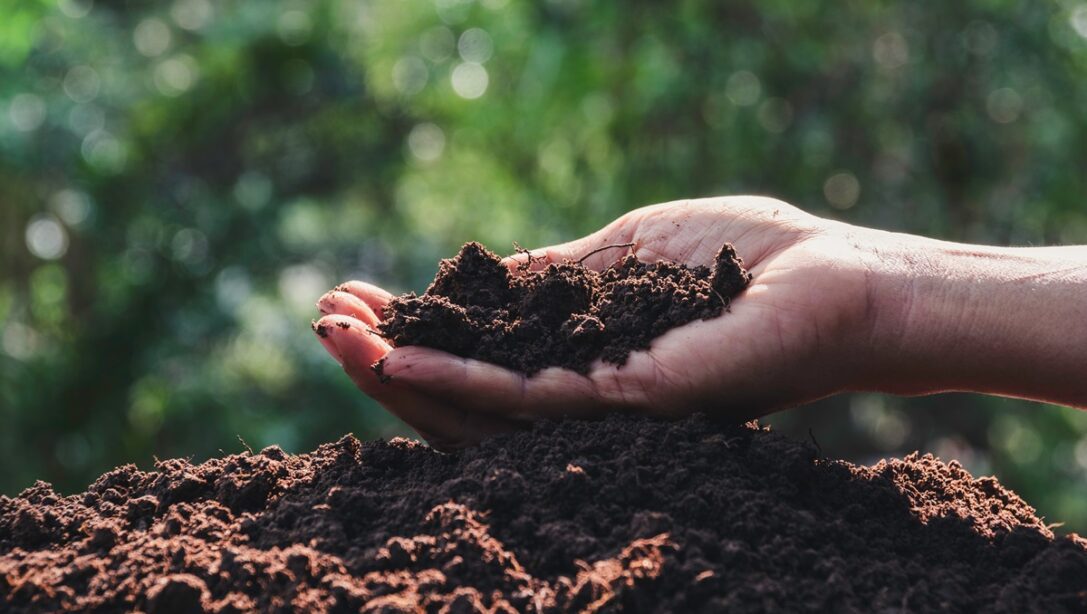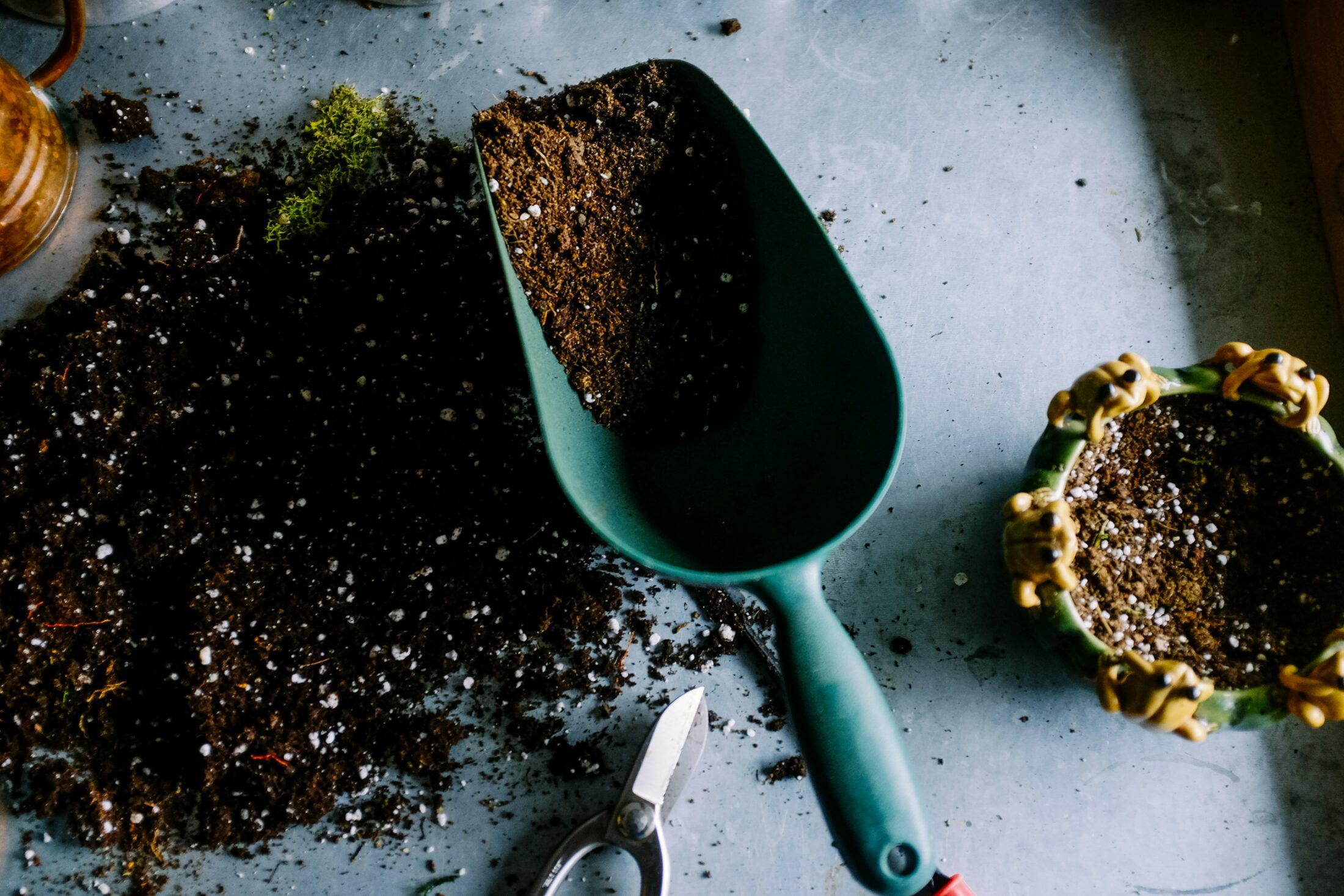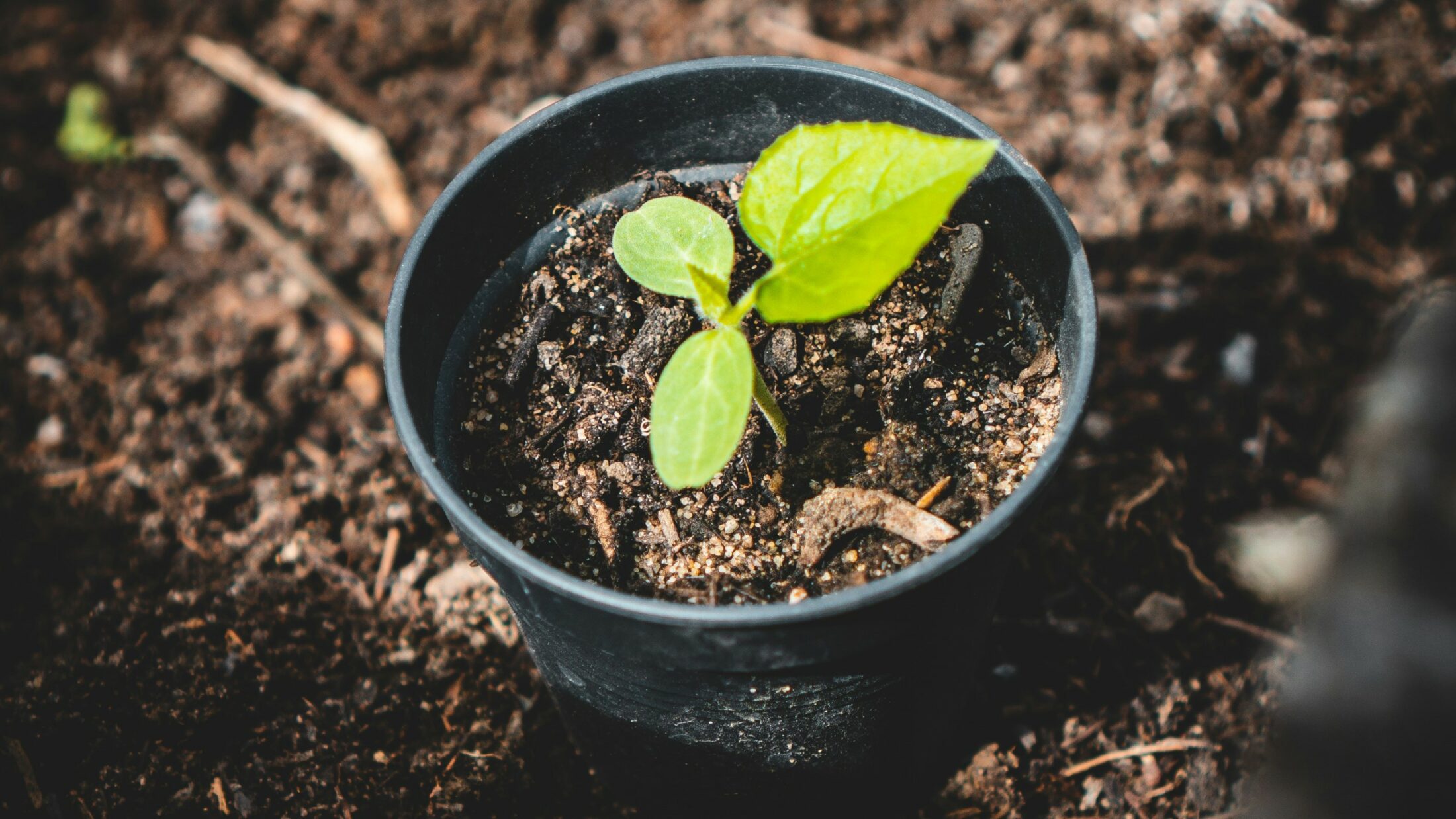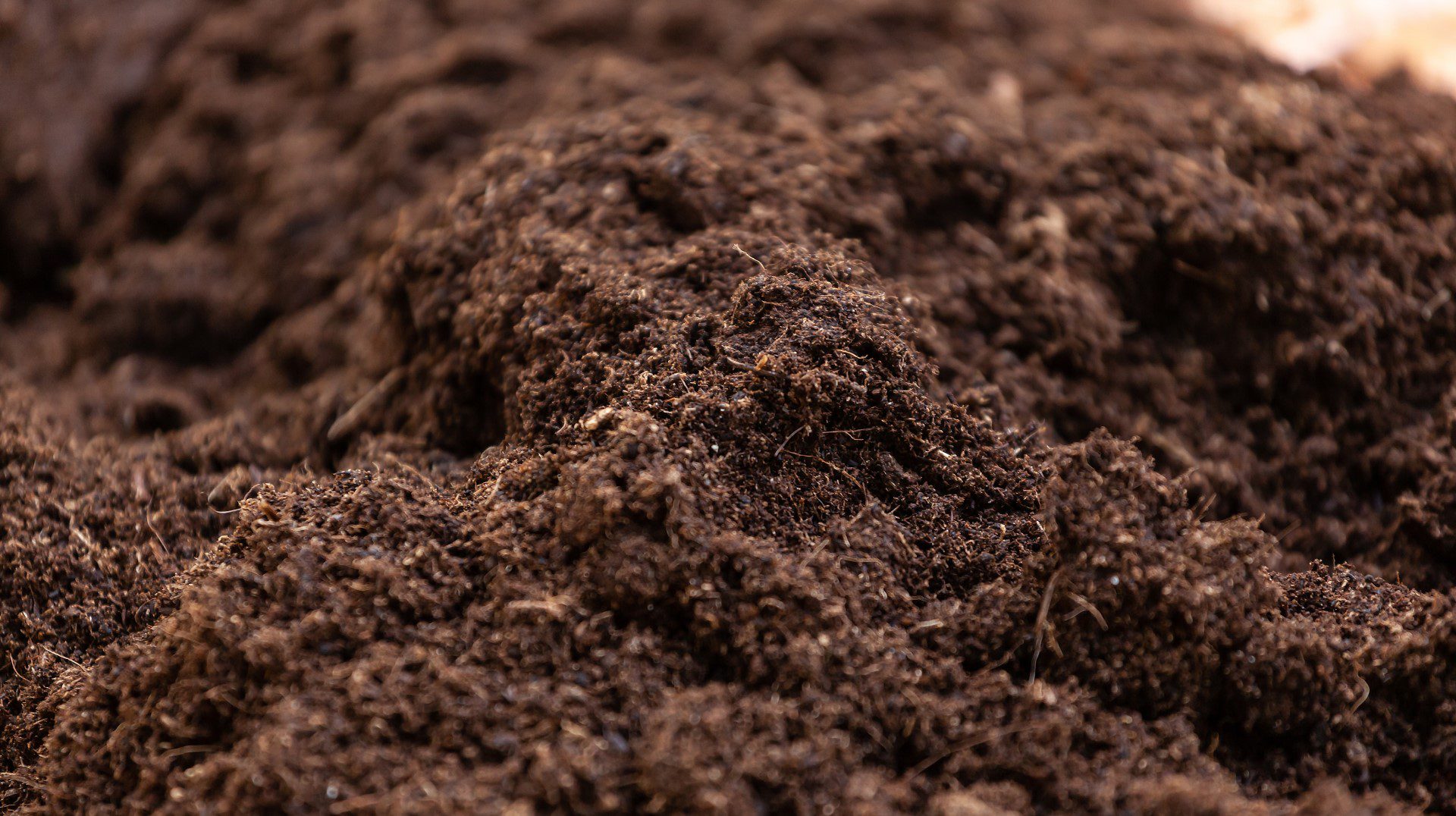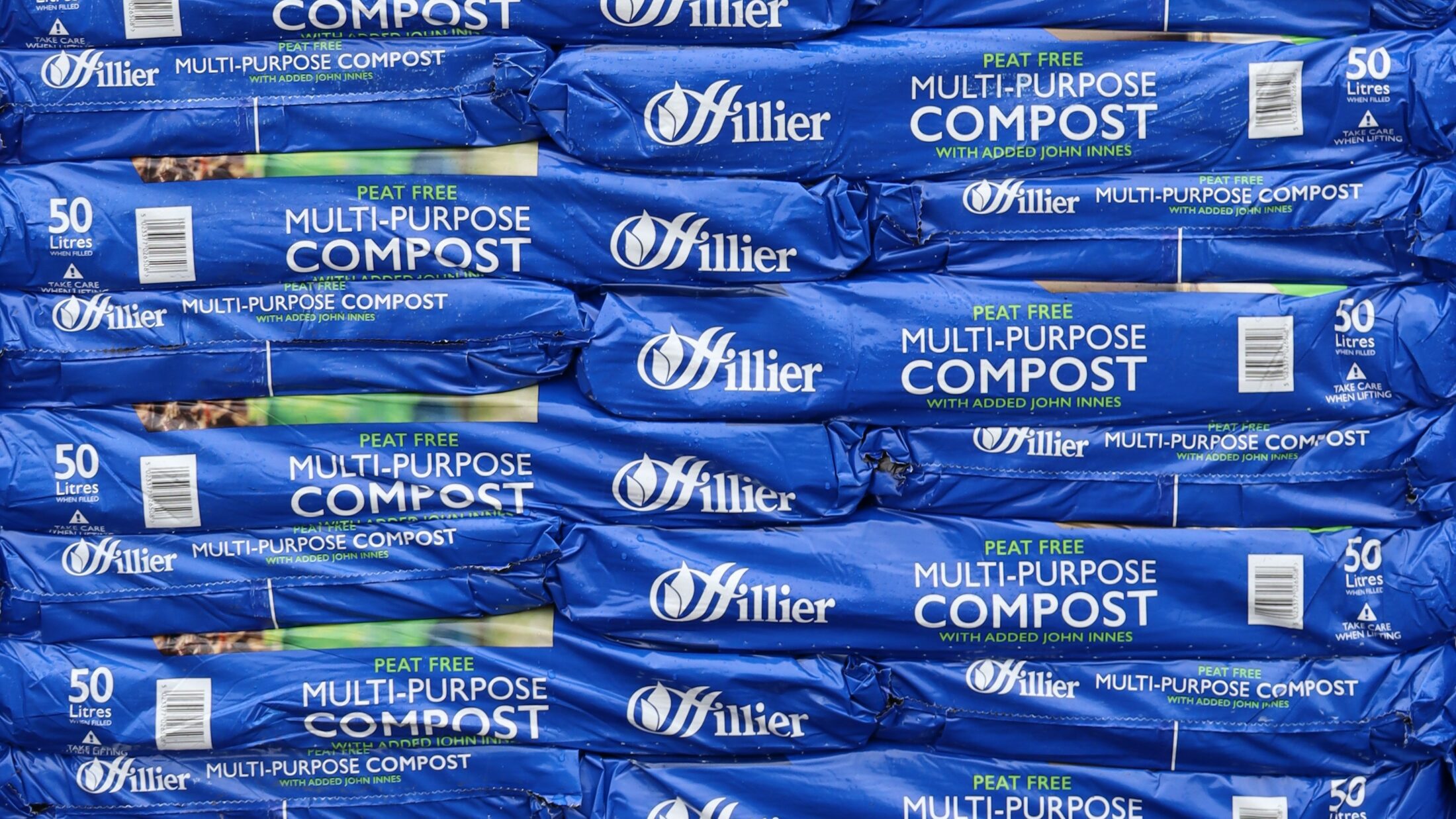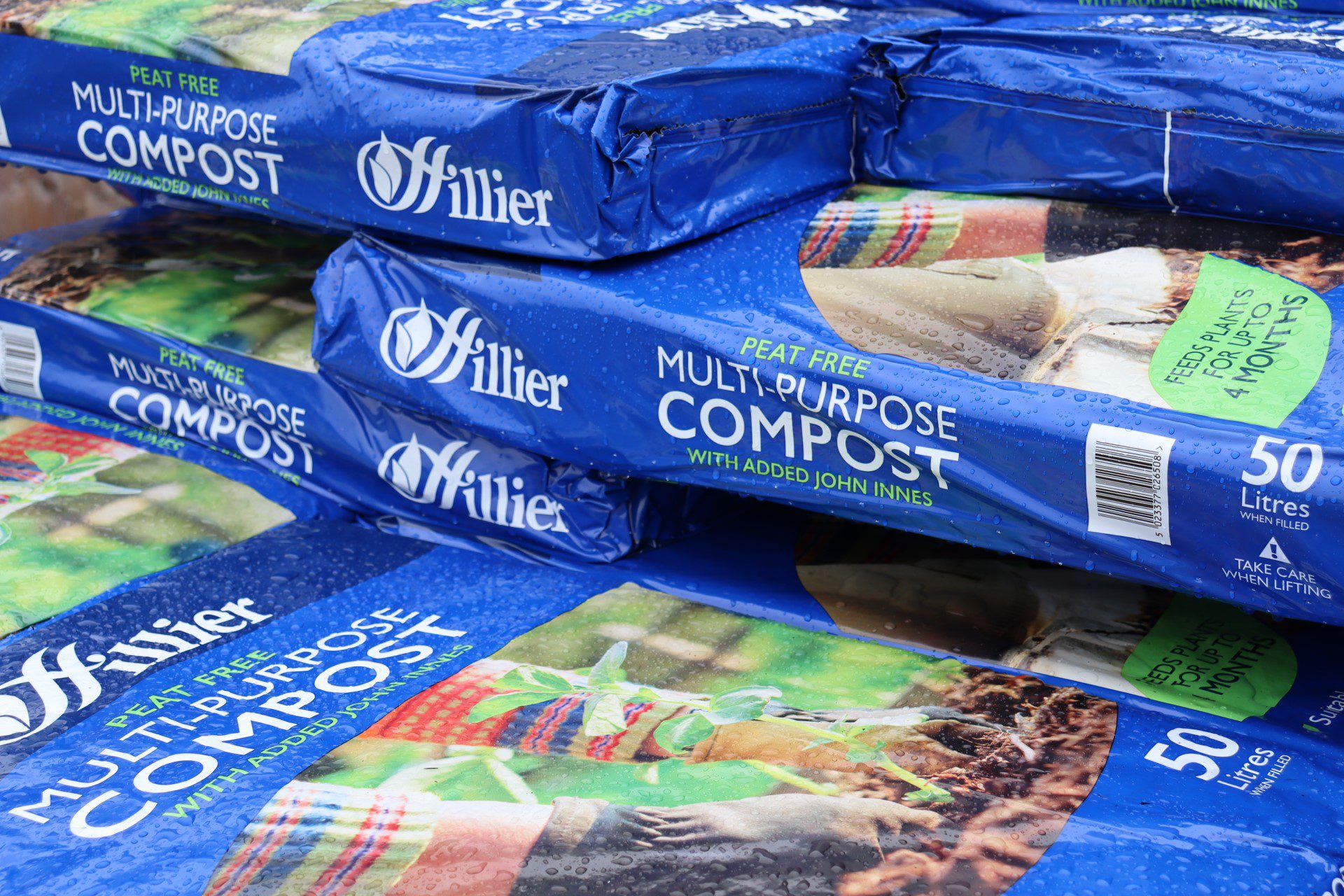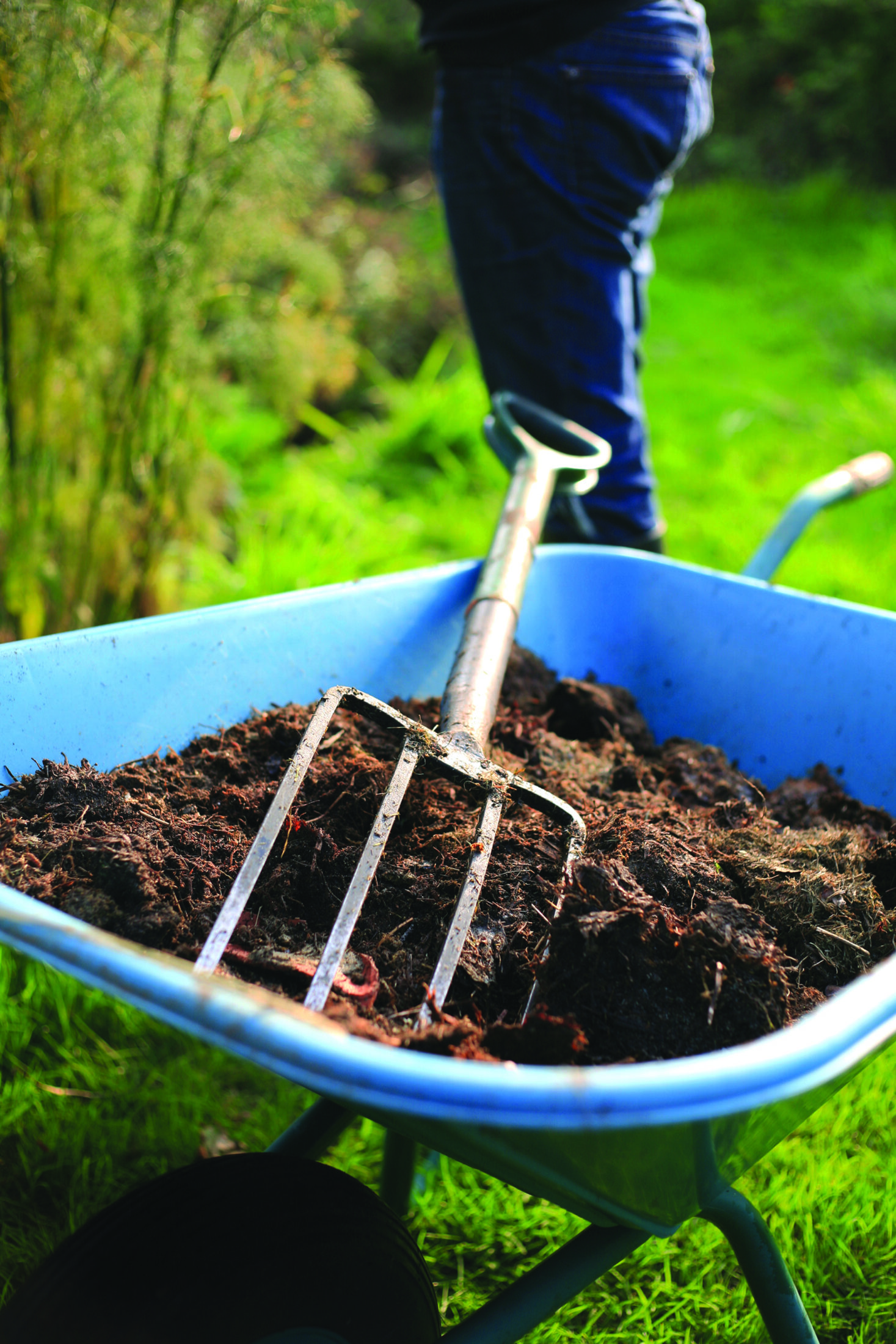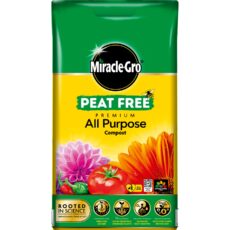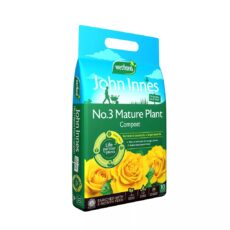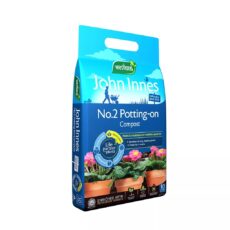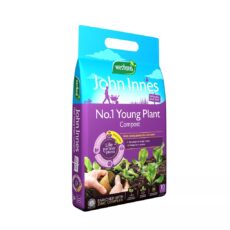Delve into the benefits of peat free gardening and unlock the secrets to cultivating a vibrant, thriving green space. Carefully curated to offer you the most up to date tips, how-to-guides, recommendations, and insights into the world of peat free gardening, this page is your go-to for information and inspiration. Explore, learn and embark on a journey of transitioning to peat-free seamlessly, and help create a greener living space for all.
Peat Free Articles
-

Why is Peat Being Banned?
Peat is a commonly used component in gardening and agriculture and has long been favoured for its ability to retain moisture and provide nutrients to plants. In recent years, there has been growing concerns over the environmental impact of peat extraction and its use. These concerns have led to widespread initiatives to… Read More
-

14 Tips and Tricks for Peat Free Compost
Moving to peat free compost is a significant move to more sustainable gardening as it protects our wetlands and helps to reduce the impact of habitat destruction and global warming. Whilst a positive move, that isn’t to say it doesn’t present its own challenges for all gardeners alike. Whether you’re new to… Read More
-

Hillier Nurseries Growing Peat Free
As a company Hillier has been committed to transitioning from peat to peat free for many years now – and in fact has been 40% peat free for over a decade. Hillier, now completely peat free, was amongst the first nurseries to make the change, in both our nursery production and retail… Read More
-

Our Peat Free Compost Selection
We’ve covered the basics of peat free gardening and some of our useful insights and tips, however when it comes to finding the right compost you could be stuck. We’ve compiled a list of our best sellers, and most useful peat free composts, to help you get started with your peat free… Read More
-

Advice from Years of Peat Free Testing
An increasingly common request in our garden centres is for peat-free compost or growing media. We are pleased to say, you can find a number of compost varieties that are completely peat-free at Hillier Garden Centres, including our own Hillier Peat Free Multi-Purpose Compost, along with composts that have a very… Read More
-

Why Choose Peat Free Gardening
The use of peat in horticulture has become a hot topic over the past few years, and rightly so, but there is still some ambiguity over what it means for everyone when using peat free compost, why gardeners are being urged not to use it and how growers can ensure quality plants… Read More
Peat Free FAQ
No, it actually needs a little less. Peat free needs less water but more frequent applications. Water moves in a different way through peat free, so checking is key. Ideally lift the plant from its pot to check water levels.
This is only the case if the plant is not being watered correctly or in periods of heavy rainfall. Over-watering causes the nutrients to run off, and you would then need to feed. Heavy rainfall will also wash away nutrients more quickly. With correct watering you should not need to feed more often. Controlled release fertilisers are a good way to feed pots with a steady trickle of feed through the growing season.
Water distributes differently in peat free and you may have a wet bottom and dry top. Ideally lift the plant from the pot to see if the bottom is wet through. Peat free should be dry on top to reduce weeds and prevent water loss.
No. Once the plant is in the garden it will adjust to the natural environment, plants still need extra care and watering when first planted to help establishment.
No. Once the plant is rooted properly it becomes easier to manage, at Hillier we make sure we’re establishing the plant well on the nursery before it reaches the garden centres. We have thoroughly tested peat free compost over several years to ensure that by the time Hillier plants reach our garden centres, we are confident that our customers are receiving only the highest quality plants available.
Yes. There are specialised peat free ericaceous mixes available to buy in the garden centre.
Yes. A multipurpose peat free compost is recommended for container planting, just be mindful of not overwatering and losing nutrients, it should be dry on top with a wet bottom but not have water flowing out of the bottom.
- BIO3, our peat replacement, is a game-changer in the realm of sustainable gardening. Comprising three key elements, BIOFibre, West+, and Coir+, it ensures optimal plant growth and nourishment.
- BIOFibre*: A natural, nutrient-rich fibre that supports plant roots as they grow. This assists a fast and efficient transfer of nutrients and moisture to the plant, promoting robust growth.
- West+*: Utilising unique wood fibre technology, West+ creates an ideal compost structure with optimal air spaces. This fosters the very best root growth, ensuring your plants thrive in their peat-free environment.
- Coir+*: Acting like a sponge, Coir+ stores and releases moisture and nutrients for extended periods. This element contributes to the overall resilience and health of your garden plants.
You should still use different types of compost as you always have done, for ericaceous plants for example you will find a specialised peat free ericaceous compost. You’ll find many different options in the garden centres to choose from.
Many peat free composts can be a little coarse for seed propagation, sieving it through a garden sieve (as you would with a multi purpose compost) will make a finer mix more suitable for seed germination.
No, this is just another compost and there’s no reason to expect more weeds, in fact with careful watering the top sits drier which should prevent weed seed germination.
Everything you need should already be carefully mixed into the bag – remember that when growing in a pot, the plant only receives what you give it, so when a plant is in active growth or flowering hard it will rapidly deplete the nutrient resources in a compost and will need feeding to maintain peak performance.
Mainly the materials used, significant research has gone into understanding the components and physical structure of growing media and where possible we are looking at developing peat free that handles, looks and performs in a similar way to peat. The big changes are a/how water is stored and moves through the compost, peat was very good at moving water evenly through a pot and could store water, peat free has less ability to store water and wont always move it round so you can get wet and dry regions even within a pot – watering carefully then becomes important.
Loam is a very specific type of soil which is dug up and used as a component in growing media, its very good at holding waster, nutrients and water and gives a buffering effect helping plants to grow well.
A good structure in which the plants can anchor their roots, a long decomposition period so the compost doesn’t slump, good air holding so roots can breathe and the compost drains, water holding to prevent drying, the ability to hold nutrients to release back to the plants, a brown colour so it resembles compost.


